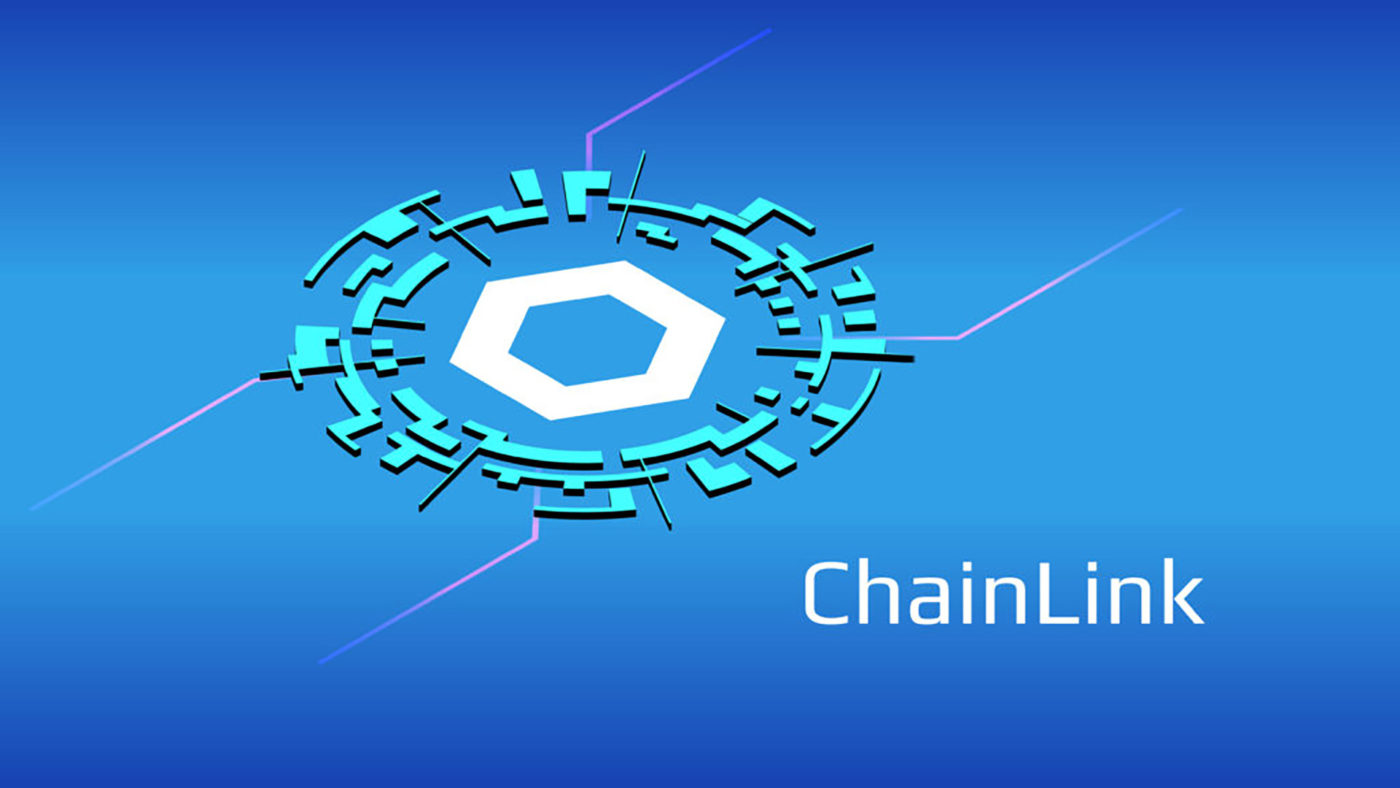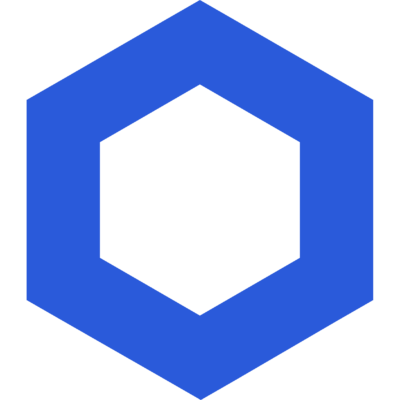In a world where blockchain technology continues to revolutionize industries, Chainlink stands out as the bridge between smart contracts and real-world data. How does it achieve this feat? By providing a decentralized oracle network that enhances the capabilities of smart contracts, allowing them to securely access off-chain information. Let’s dive into the world of Chainlink and explore its unique features and implications.
Short Summary
Chainlink is a decentralized oracle network that enables smart contracts to securely access off-chain data.
The LINK token provides utility and incentives to node operators, while Chainlink’s Off-Chain Reporting Protocol ensures reliable and secure data from external sources.
Assessing Chainlink as an investment requires considering personal goals and risk tolerance due to its current valuation of over $6 billion. Positive sentiment towards the project.
Understanding Chainlink: An Overview
Chainlink is a decentralized oracle network. It enables smart contracts to securely access real-world data and services, thus expanding their capabilities. This groundbreaking innovation addresses the challenge of establishing mutual comprehension between external data and blockchain smart contracts. Chainlink’s Decentralized Oracle Network (DONs) consists of a network of independent oracle node operators that fetch, aggregate, validate, and deliver real-world data onto blockchain networks.
The Chainlink 2.0 white paper, released in April 2021, outlines a shift from a centralized oracle system to a decentralized oracle network, paving the way for a more reliable and secure exchange of information. By connecting smart contracts to off-chain data, Chainlink enables a seamless connection between existing systems and blockchain networks.
This empowers developers to create hybrid smart contracts that can automate contracts and provide a tamper-proof network for secure asset exchange. In essence, Chainlink is a vital component in the evolution of blockchain technology, as it helps bridge the gap between real-world data and on-chain applications.
The LINK Token: Utility and Incentives
LINK is the native cryptocurrency of the Chainlink Network, playing a crucial role in the ecosystem. The token is utilized to reward the successful operation of Chainlink Decentralized Oracle Networks and facilitate native Chainlink oracle integrations. As a deterrent against misbehaving or submitting fake data, node operators are required to stake LINK tokens into a smart contract. This ensures that only trusted nodes participate in the network, maintaining the integrity of the data being provided.
The LINK token is an ERC677 token that utilizes functionality from the ERC20 token standard, allowing for the inclusion of data payloads in token transfers. With its unique utility and incentives, the LINK token serves as the backbone of the Chainlink Network, empowering a decentralized network of node operators to provide accurate and secure data to smart contracts.
Chainlink’s Decentralized Oracle Network
Chainlink’s Decentralized Oracle Network is a vital component of its ecosystem, providing a range of services from weather forecasting to presidential election results. The network involves purchasers and providers of data, with five types of contracts, including requests and service level agreements, and three sub-contracts that match and aggregate data. Data validity within the network is evaluated through the Aggregation contract, which collects data points, assesses their validity, and provides the customer with a weighted score based on the sum of all data received.
Chainlink nodes enable decentralized data models via the Off-Chain Reporting Protocol (OCR). Data is collected and aggregated off-chain before a single transaction is sent on-chain, containing each node’s signature and the respective data point. This efficient process not only saves on transaction fees, but also ensures the security and reliability of the data being provided.
In return for their services, node operators are rewarded in LINK tokens, further incentivizing the proper operation of the network.
Oracle Selection Process
In Chainlink, users generate a Service Level Agreement (SLA) contract for oracle selection, which the software uses to identify the most appropriate oracles. Providers submit bids and must deposit a stake of LINK tokens, ensuring their commitment to providing accurate data and abiding by the set guidelines. This selection process ensures that only reliable and trustworthy node operators participate in the network, maintaining the integrity and security of the data being provided.
The Order-Matching contract is another important element in the oracle selection process, where providers make a bid and commit a stake of LINK tokens, which may be forfeited should they not adhere to the set guidelines. This system creates a competitive environment for oracles, promoting high-quality data and reliable services in the Chainlink Network.
Data Aggregation and Verification
Oracles gather and process data from external sources, providing it to buyers through Chainlink. Chainlink aggregates and verifies data from oracles using a reputation system, ensuring the reliability of the data sources and the accuracy of the information being provided. This process is made possible by the Off-Chain Reporting (OCR) protocol, which allows nodes to consolidate their observations into a single report outside of the chain, with a quorum of nodes signing the aggregated report before a single node dispatches it to the chain.
By employing a reputation system and OCR, Chainlink ensures that the data provided by oracles is accurate, secure, and reliable. This system enables smart contracts to securely access off-chain data feeds and complex computations, creating a seamless connection between real-world data and blockchain applications.
Real-World Applications of Chainlink
Chainlink has a wide range of potential applications, including DeFi protocols, gaming, and prediction markets. Its primary application, however, lies in securing Decentralized Finance (DeFi) protocols that require financial market data. Integrated applications of Chainlink include popular platforms like Aave, Compound, and Synthetix, showcasing the growing influence of Chainlink in various industries.
As the blockchain landscape continues to evolve, the need for secure and reliable access to real-world data becomes increasingly important. Chainlink’s decentralized oracle network is poised to play a pivotal role in this evolution, enabling developers to create innovative solutions and applications across a multitude of sectors.
Acquiring and Storing LINK Tokens
To acquire LINK tokens, one can utilize a cryptocurrency exchange, such as Binance, Kraken, or Bybit, and use a credit/debit card, bank deposit, or P2P trading.
Once acquired, LINK tokens can be securely stored using a variety of options, including Binance or TrustWallet, hardware wallets like Ledger Nano S or X, Coinbase, and MetaMask.
Buying LINK on Major Exchanges
LINK tokens can be purchased on centralized cryptocurrency exchanges like Binance, WhiteBIT, BingX, and Gate.io, among others. Options for purchasing LINK on major exchanges include bank transfer, trading with over 300 cryptocurrencies, or directly with a credit/debit card. Each exchange platform has its own procedure for buying LINK.
For instance, purchasing Chainlink on Coinbase requires creating an account, adding a payment method, searching for Chainlink, inputting the desired amount, and confirming the purchase. Similarly, to purchase LINK on Kraken, one must create an account, complete verification, fund the account, and then proceed with the purchase.
On Binance, users can purchase Chainlink using bank transfer to acquire Binance-listed stablecoins and then using these stablecoins to purchase Chainlink. Users have the option to buy LINK with a credit card or a debit card. This direct purchase makes it easier for users to procure LINK.
Secure Storage Options
Once acquired, it is essential to securely store your LINK tokens to prevent unauthorized access and potential loss. Secure storage options for LINK tokens include Binance or TrustWallet, hardware wallets like Ledger Nano S or X, Coinbase, and MetaMask. Among these options, hardware wallets or cold storage solutions provide the most secure method for storing cryptocurrency, as these solutions keep private keys offline, safeguarding them from potential hacks or unauthorized access.
By storing LINK tokens securely, users can ensure the safety of their investment and minimize the risk of theft or loss. As the Chainlink Network continues to grow and evolve, the importance of secure storage will only become more critical for investors and users alike.

Chainlink Staking: Earning Rewards as a Node Operator
Chainlink validators perform oracle services for LINK tokens, while staking aims to ensure correct oracle reports are sent on time. At present, staking is only available to node operators, with the goal of guaranteeing accurate oracle reports are submitted promptly. This limitation ensures that only reliable and trustworthy node operators participate in the network, maintaining the integrity and security of the data being provided.
The two primary economic incentives for accurate oracle node behavior in Chainlink are the explicit incentive for staking (token deposit stake) and the implicit incentive for future fee opportunity (FFO). Should a Chainlink node fail to fulfill the smart contract’s requirements or remain inactive, the deposit will be forfeited as a penalty, further encouraging proper operation of the network.
Chainlink’s Additional Oracle Services
In addition to its core functionality, Chainlink provides a range of additional oracle services, including oracle computation, new types of data, compute, and connectivity, a steady stream of price feeds, the ability to connect smart contracts to any Web API, and the generation of provably fair on-chain randomness. Among these services, verifiable random functions (VRF) enable nodes to produce random numbers that can be validated by other nodes on the network, enhancing the security and integrity of the data being shared.
Chainlink also offers cross-chain interoperability protocols, which facilitate communication between different blockchains, and proof-of-reserve for DeFi transparency, allowing users to verify the amount of funds held in a DeFi platform. These additional services further contribute to Chainlink’s growing influence in the blockchain landscape, enabling developers to create innovative solutions with secure and reliable access to real-world data.
Assessing Chainlink as an Investment
As Chainlink’s popularity and reliability grow, it can be considered a stable investment, but profitability will ultimately depend on individual investment goals and risk tolerance. The fully diluted valuation of Chainlink (LINK) is currently estimated at $6,618,434,382, with over 87% of users having a positive outlook on the project.
When evaluating Chainlink as an investment, investors should consider their investment objectives and risk appetite. As the landscape of blockchain technology continues to evolve, Chainlink’s role as a decentralized oracle network providing secure and reliable access to real-world data may become increasingly important, making it a potential investment to keep an eye on.
Chainlink’s Role in the Evolving Blockchain Landscape
Chainlink’s role in the blockchain landscape is to provide a decentralized oracle network that enables smart contracts to securely access off-chain data feeds, complex computations, and APIs. By bridging the gap between blockchains and the real world, Chainlink allows for secure and reliable communication between the two, paving the way for innovative solutions and applications across various industries.
As the blockchain landscape continues to evolve and mature, the need for secure and reliable access to real-world data becomes increasingly important. Chainlink’s decentralized oracle network is poised to play a pivotal role in this evolution, enabling developers to create innovative solutions and applications that harness the power of blockchain technology while staying connected to the wealth of information available in the real world.
Summary
In conclusion, Chainlink’s decentralized oracle network represents a significant advancement in the blockchain landscape, bridging the gap between smart contracts and real-world data. With its innovative approach to data aggregation and verification, Chainlink enables secure and reliable access to off-chain information, empowering developers to create groundbreaking solutions and applications. As the blockchain ecosystem continues to evolve, Chainlink’s role in facilitating communication between blockchains and the real world is set to become increasingly important, heralding a new era of innovation and integration across industries.
Frequently Asked Questions
Overall, Chainlink’s fundamentals are solid and the crypto has been showing impressive performance lately. Therefore, it may be a good option to invest in Chainlink at this time.
Chainlink has seen explosive growth over the past year and is continuing to expand. The network’s increasing acceptance, combined with its open infrastructure allowing for rapid integration of new services, provides an exciting outlook for Chainlink’s future.
It is clear that Chainlink has a very promising future ahead.
By 2030, experts predict Chainlink (LINK) could be worth up to $300-$400. With its innovative blockchain technology and increasingly widespread use, this would make Chainlink a great long-term investment.
Therefore, it’s likely that Chainlink will be worth a significant amount by 2030.

